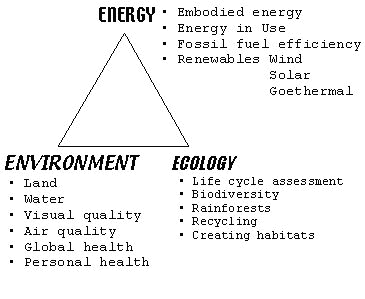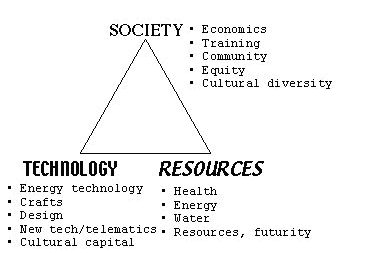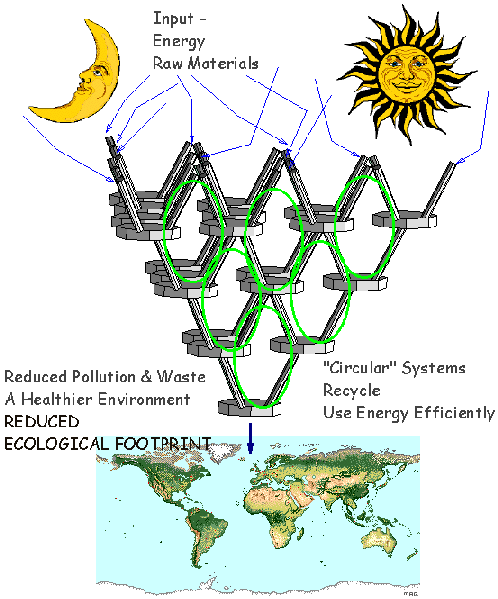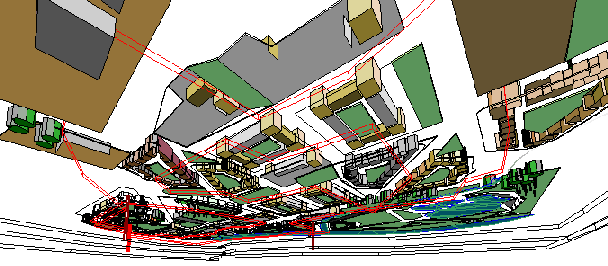
A creature that uses it's surrounding local environment to shape it's own dwelling.
 |
amoeba: Difflugia sand grain housing A creature that uses it's surrounding local environment to shape it's own dwelling. |
 |
This is a model which demonstrates the balance required between the elements of a community to achieve a sustainable way of
living. These diagrams show the links between aspects of society. An imbalance of these elements can be better pictured
by instability of a three-legged stool that is missing a leg. All projects to do with communities should be based on a three-legged stool approach. The three legs represent the Physical, Cultural and the Financial Aspects of projects - all of which must be in place or the stool falls over. Often development projects have a tendency towards dealing with the physical aspects only and assuming everything else will just happen. It is crucial that involvement with community development and regeneration, addresses the whole gamut and the seat which represents the local environment stays in balance. |
|
 |

